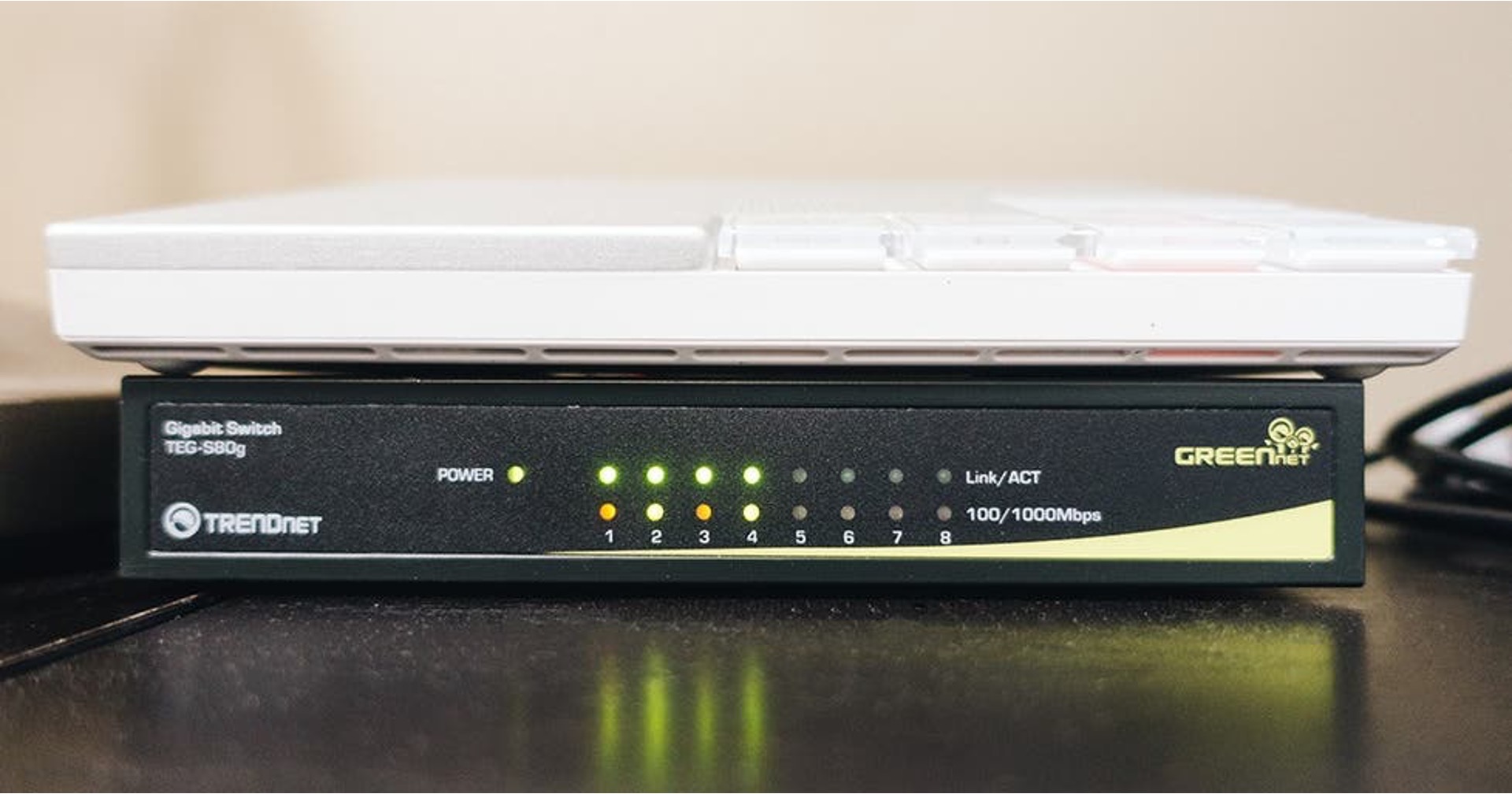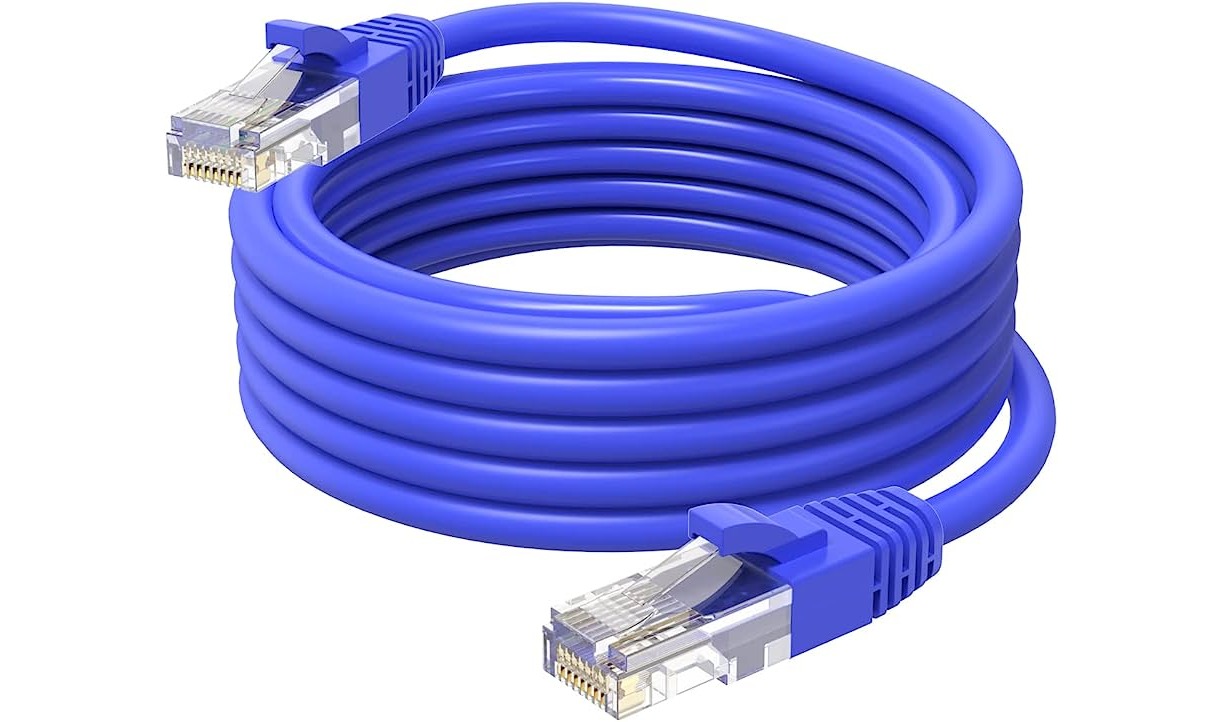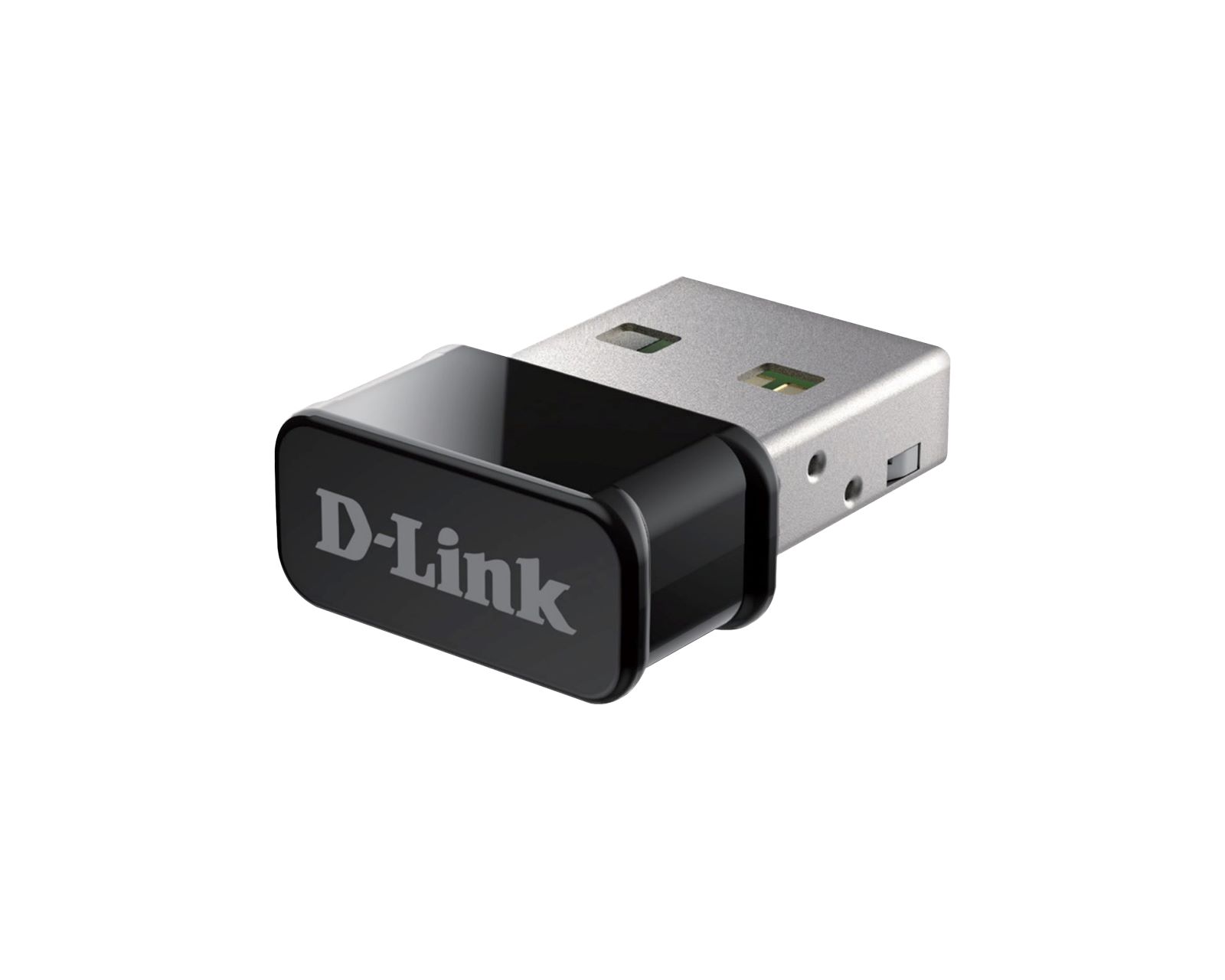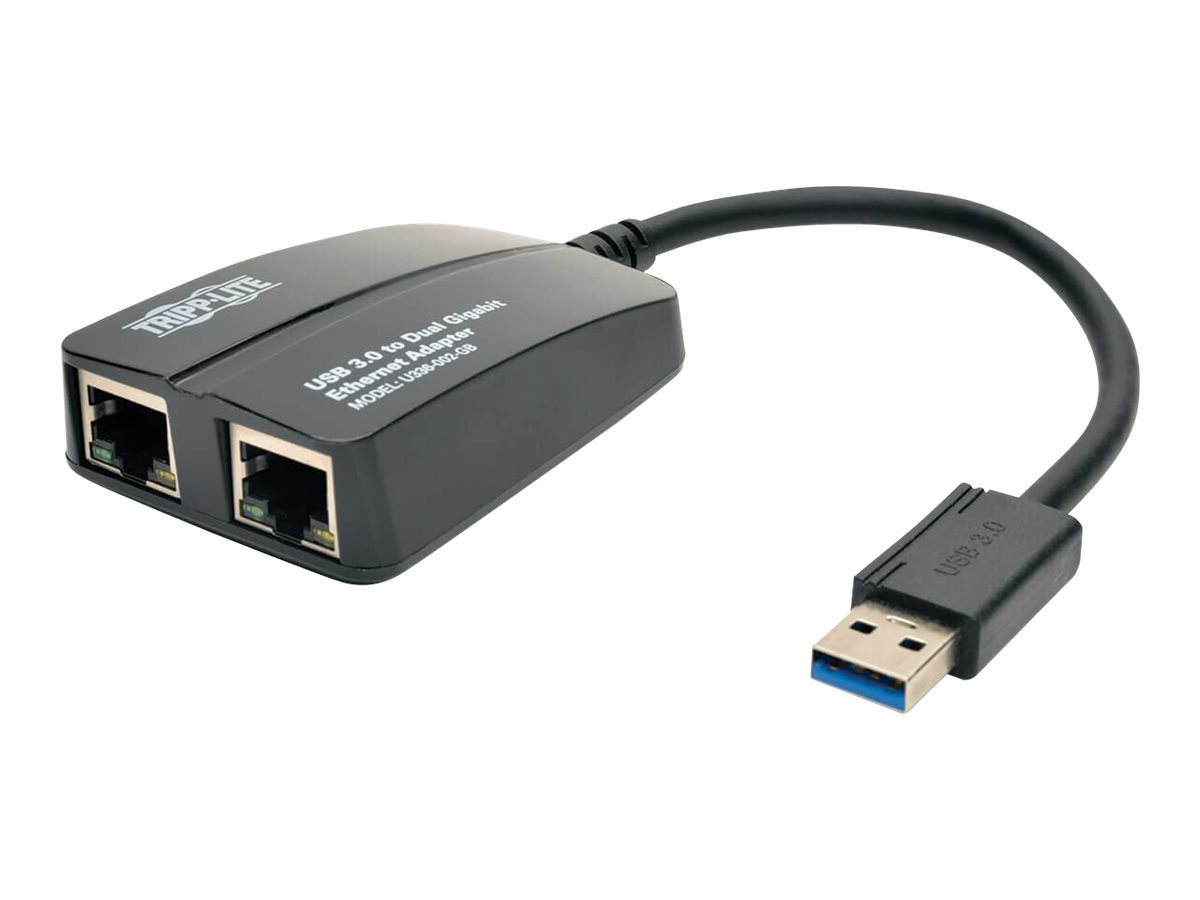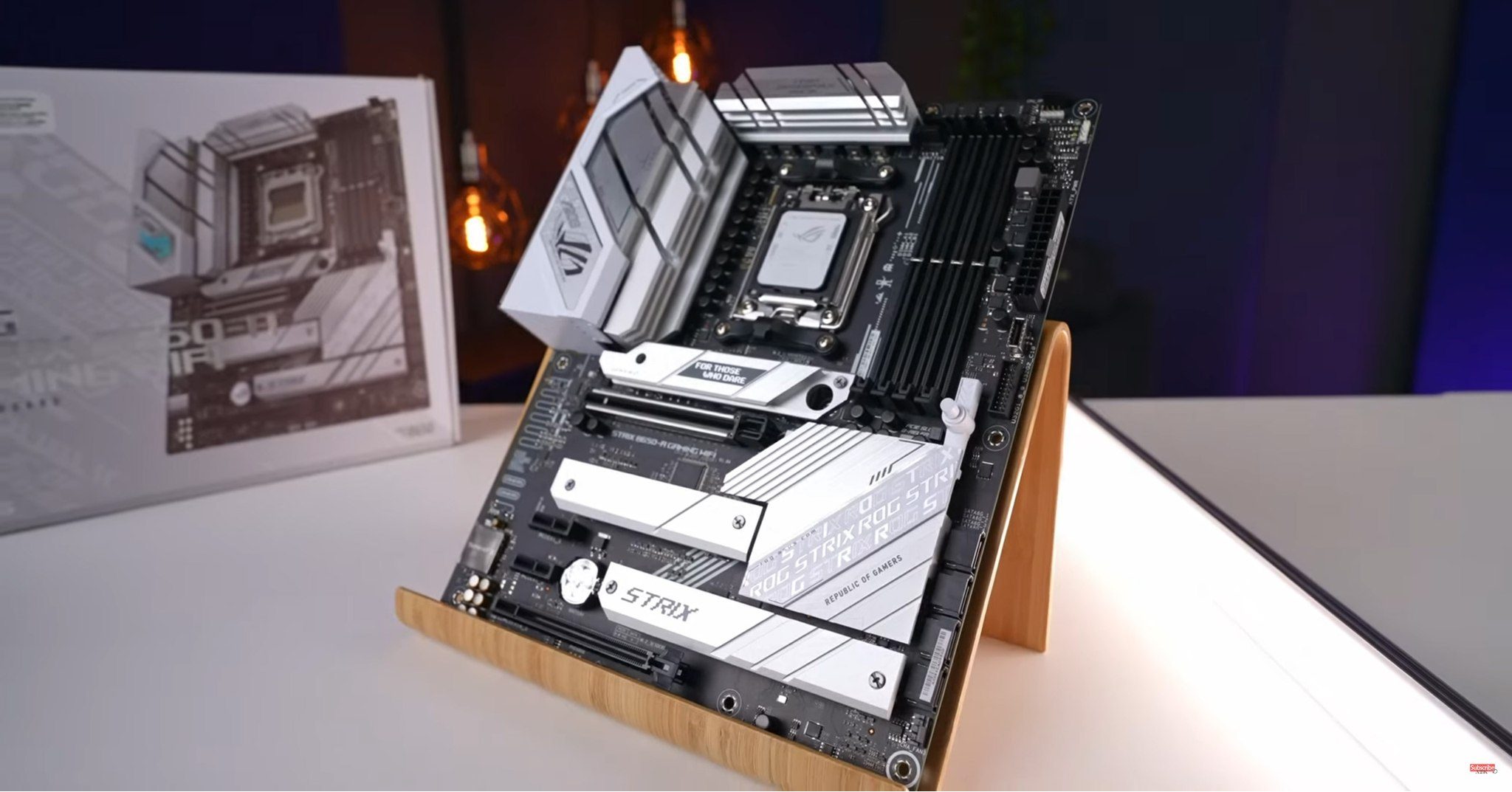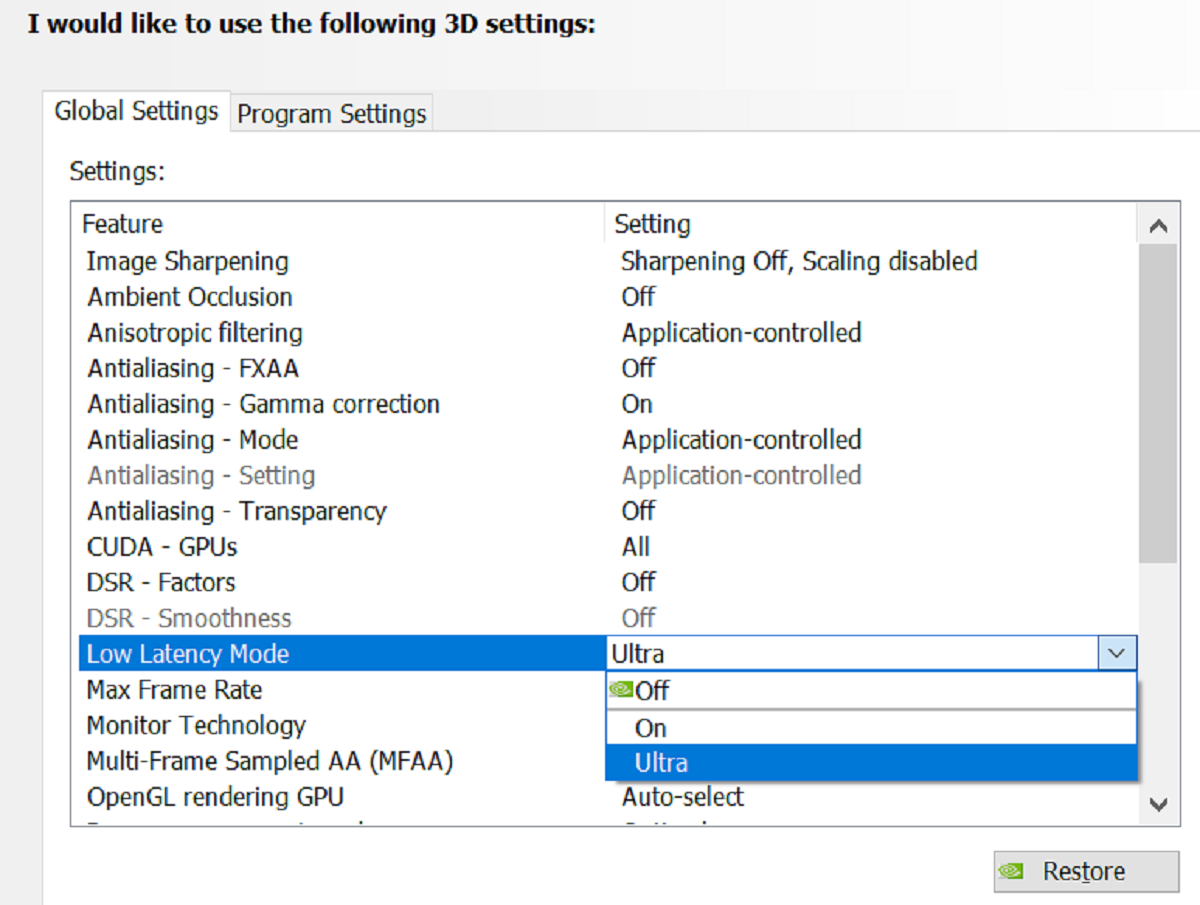Introduction
Understanding the speed settings of your network switch ports is crucial for optimizing network performance and troubleshooting connectivity issues. Whether you are a tech-savvy individual or an IT professional, having the knowledge and tools to check these settings from your PC can be invaluable. In this guide, we will explore the step-by-step methods for checking network switch port speed settings on both Windows and Mac operating systems. By following these procedures, you can gain insights into the speed configurations of your network switch ports, empowering you to make informed decisions regarding network optimization and troubleshooting.
Ensuring that your network switch ports are configured with the appropriate speed settings is essential for maintaining a reliable and efficient network infrastructure. Whether you are aiming to maximize data transfer rates, minimize latency, or troubleshoot network connectivity issues, having a clear understanding of your network switch port speed settings is paramount. With the guidance provided in this article, you will be equipped with the knowledge to navigate through the intricacies of network switch configurations and make informed decisions to enhance your network's performance. Let's delve into the specific methods for checking network switch port speed settings on Windows and Mac systems, empowering you to take control of your network infrastructure.
Checking Network Switch Port Speed Settings on Windows
Windows provides several built-in tools that allow users to check network switch port speed settings. One of the most efficient methods involves using the Command Prompt to access and display the port speed information. Follow these steps to check the network switch port speed settings on a Windows PC:
- Open Command Prompt: Press the Windows key, type “cmd,” and press Enter to open the Command Prompt.
- Access Network Adapter Information: In the Command Prompt window, type “wmic nic get name, speed” and press Enter. This command retrieves the names and speed settings of all network adapters connected to the PC.
- Identify the Switch Port: Locate the network adapter corresponding to the network switch port you want to inspect. Note the reported speed, which indicates the current configuration of the switch port.
- Alternative Method: Another way to check the port speed is by using the “ipconfig” command. In the Command Prompt, type “ipconfig /all” and press Enter. Look for the network adapter associated with the switch port and find the “Link Speed” or “Speed” information to determine the port speed settings.
By following these steps, you can easily access and verify the speed settings of network switch ports connected to your Windows PC. This information is invaluable for troubleshooting network performance issues and ensuring that your network infrastructure operates at optimal speeds.
Checking Network Switch Port Speed Settings on Mac
Mac users can utilize the Terminal application to check the speed settings of network switch ports. The Terminal provides access to various command-line tools that enable users to retrieve detailed network information, including port speed settings. Follow these steps to check the network switch port speed settings on a Mac:
- Open Terminal: Launch the Terminal application from the “Applications” folder or use Spotlight search to find and open it.
- Access Network Interface Details: In the Terminal window, enter the command “ifconfig” and press Enter. This command displays detailed information about all network interfaces, including their configurations and speed settings.
- Identify the Switch Port: Locate the network interface associated with the network switch port you wish to examine. Note the reported speed, which indicates the current configuration of the switch port.
- Additional Information: To obtain more specific details about the network interface, you can use the “netstat” command in the Terminal. By entering “netstat -i” and pressing Enter, you can view additional statistics and information related to network interfaces, including speed and data transfer metrics.
By following these steps, Mac users can effectively retrieve and review the speed settings of network switch ports connected to their devices. This information is instrumental for network optimization and troubleshooting, allowing users to ensure that their network infrastructure operates at the desired speed and performance levels.
Conclusion
Understanding how to check network switch port speed settings from your PC empowers you to take control of your network infrastructure and optimize its performance. Whether you are using a Windows-based system or a Mac, the ability to access and verify the speed configurations of network switch ports is essential for maintaining a reliable and efficient network environment.
By following the step-by-step methods outlined in this guide, you can gain valuable insights into the speed settings of your network switch ports. This knowledge equips you to identify potential bottlenecks, troubleshoot connectivity issues, and make informed decisions to enhance your network’s performance. Whether you are a home user seeking to maximize your internet speed or an IT professional responsible for managing complex network configurations, the ability to check network switch port speed settings from your PC is a valuable skill.
With the information provided in this article, you now have the tools and knowledge to navigate through the intricacies of network switch configurations on both Windows and Mac operating systems. By leveraging the built-in tools and commands available on these platforms, you can easily access and verify the speed settings of network switch ports, ultimately contributing to the efficiency and reliability of your network infrastructure.
Empowered with the ability to check network switch port speed settings from your PC, you are better positioned to optimize network performance, troubleshoot connectivity issues, and make informed decisions regarding your network’s speed and reliability.







